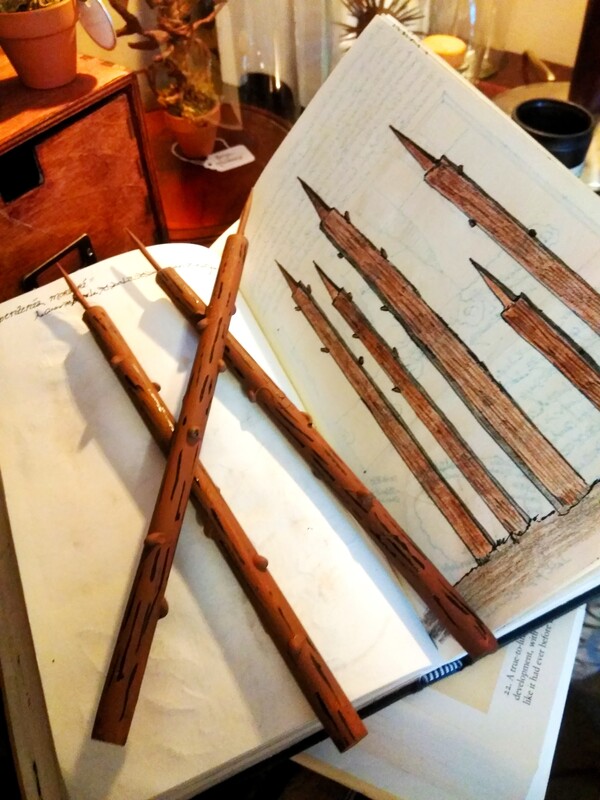 Repentenia Morseri: "Unexpected Death"
Repentenia Morseri: "Unexpected Death" Repentenia Morseri, translated from Caladani to mean "Unexpected Death," is a member of the "Dark Flora" of the Fon S'ul, present only in the heavily wooded Brin Gai, the Dead Woods. The plant begins as a double-dot seed, linking to other seeds by way of an underground network.
The seeds of Repentenia Morseri develop over a period of one year into a taproot from which grows a sharp, spear-point woody stalk. The stalk develops multiple small, oblong-shaped leaf clusters that enable it to capitalize on the infrequent and hazy light that penetrates the Brin Gai. As expected, the plant grows in the summer, the sunniest of all seasons on the Fon S'ul.
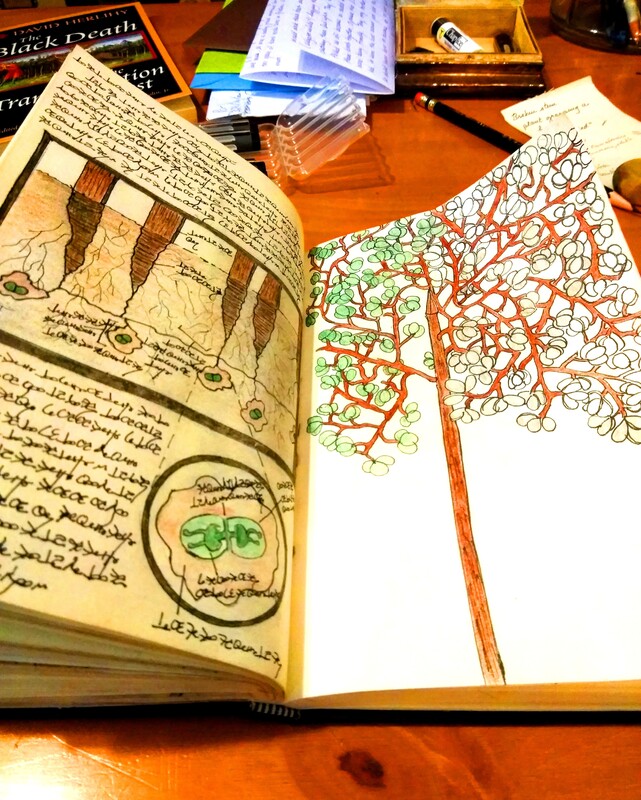
The tiny leaf clusters obscure the pointed end of the plant's stalk, giving it its name, "Unexpected Death. The plant itself is poisonous, producing a toxic black sap that causes death if touched.
The stalks are harvested by Dark Apothecars and sold to those who wish to make poison pens and poison inks for their enemies. The sap is not always fatal, but it can cause death in many cases, depending on the amount of poison the victim comes into contact with.
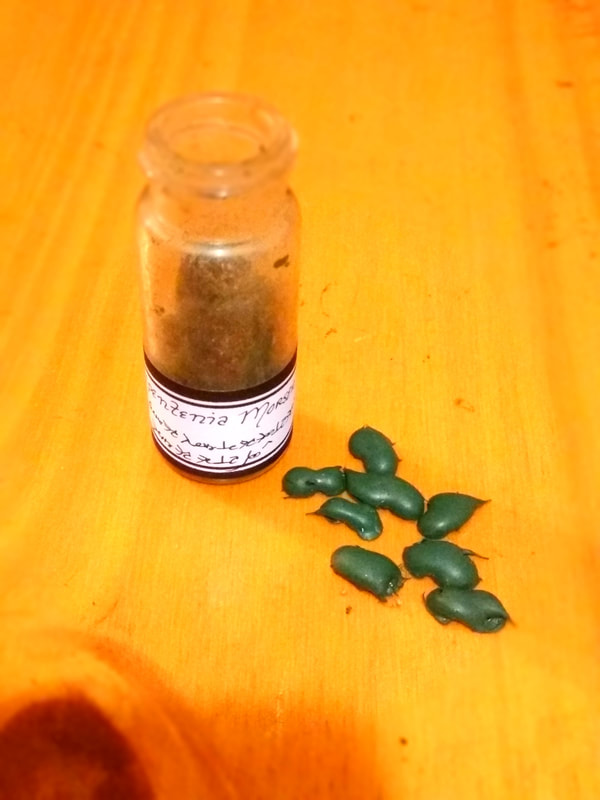
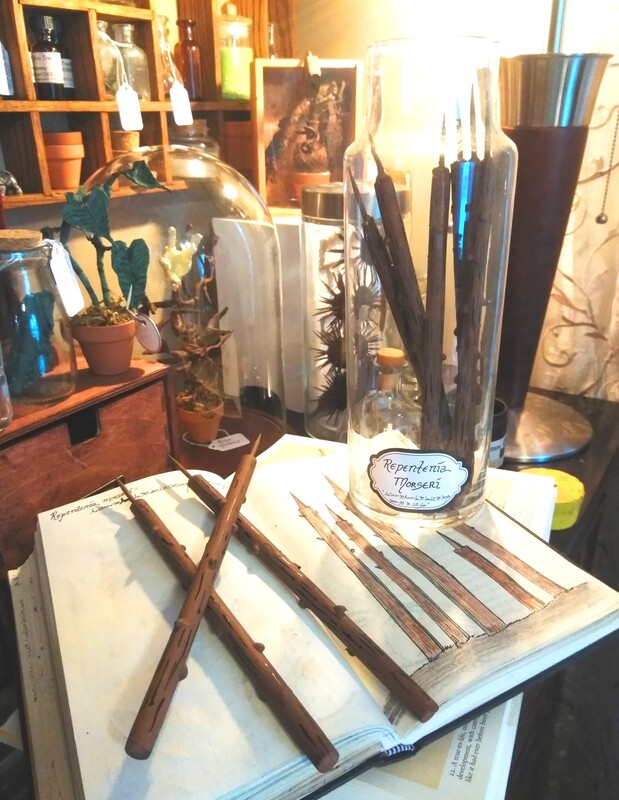
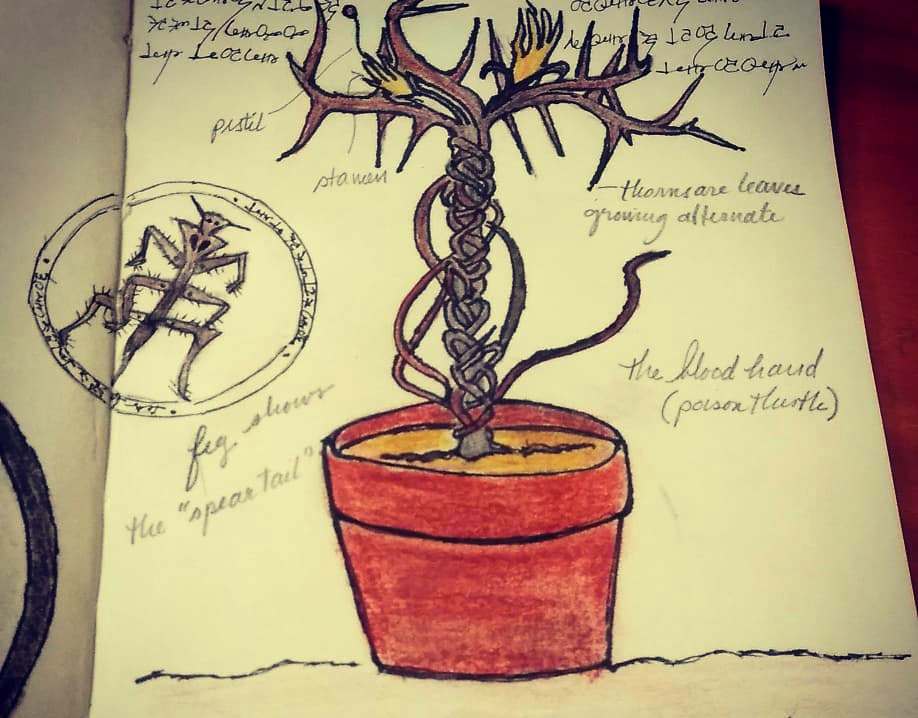
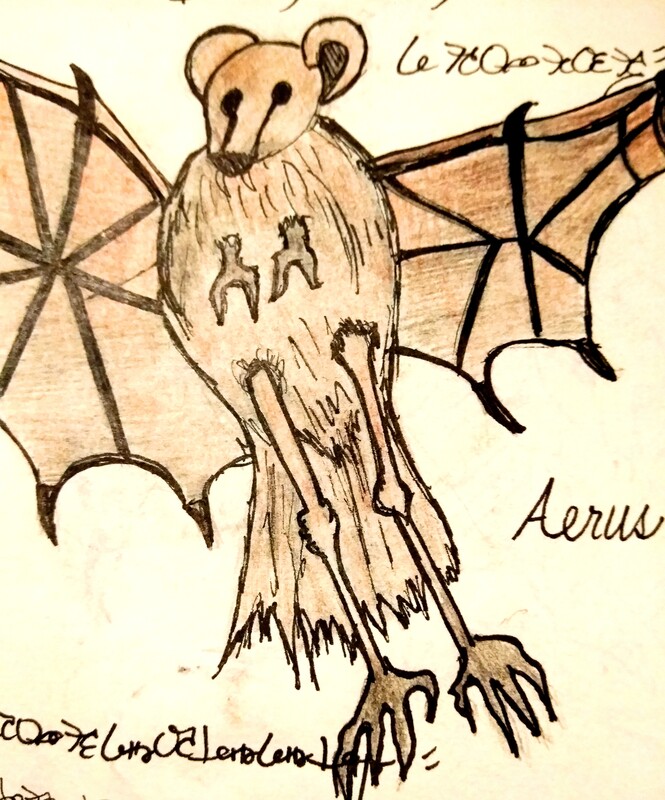
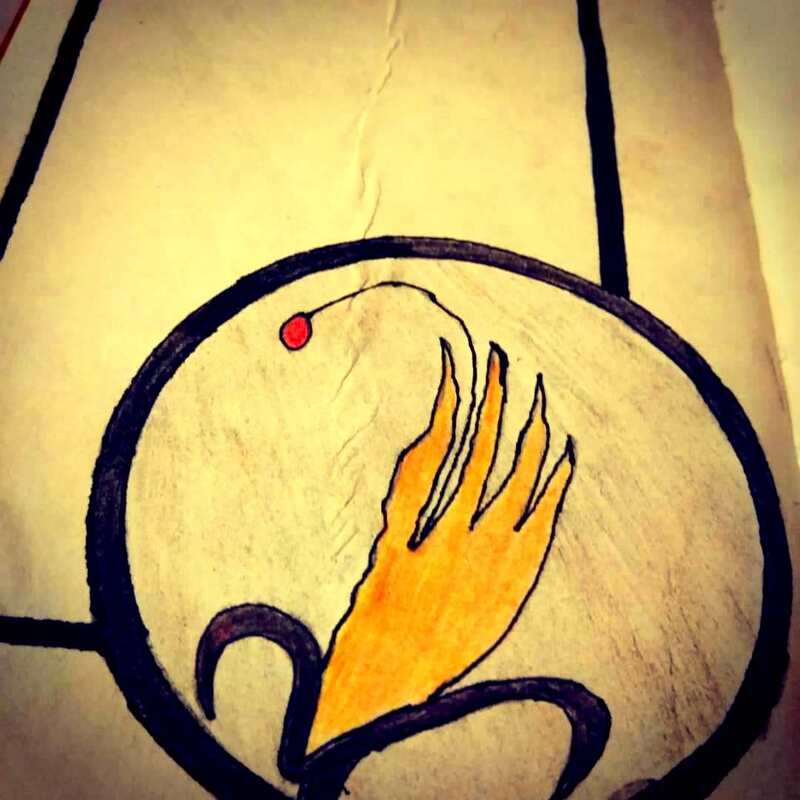
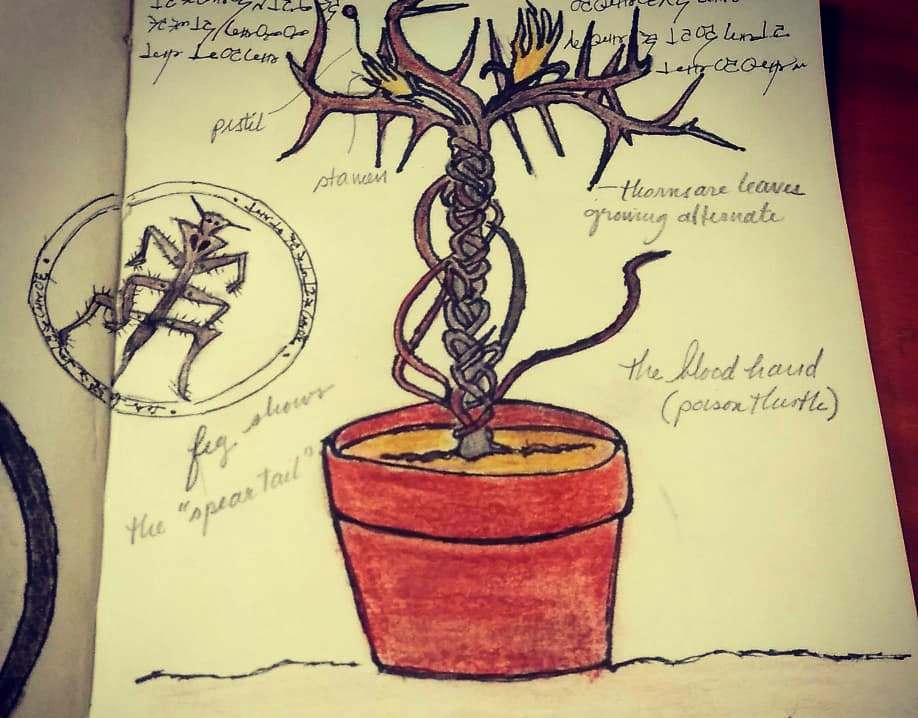
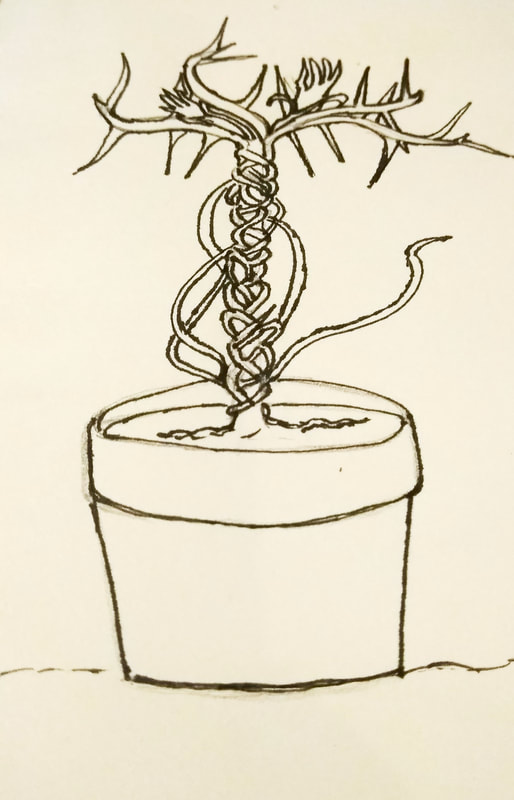
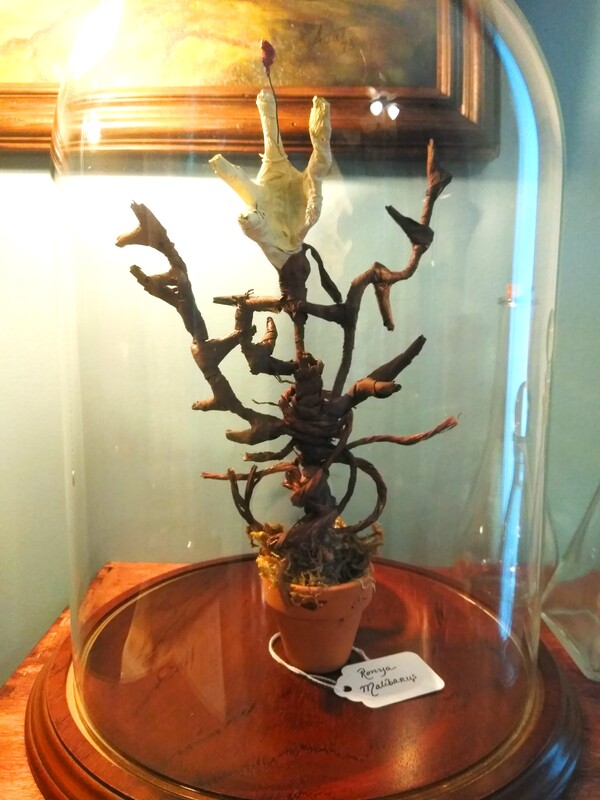
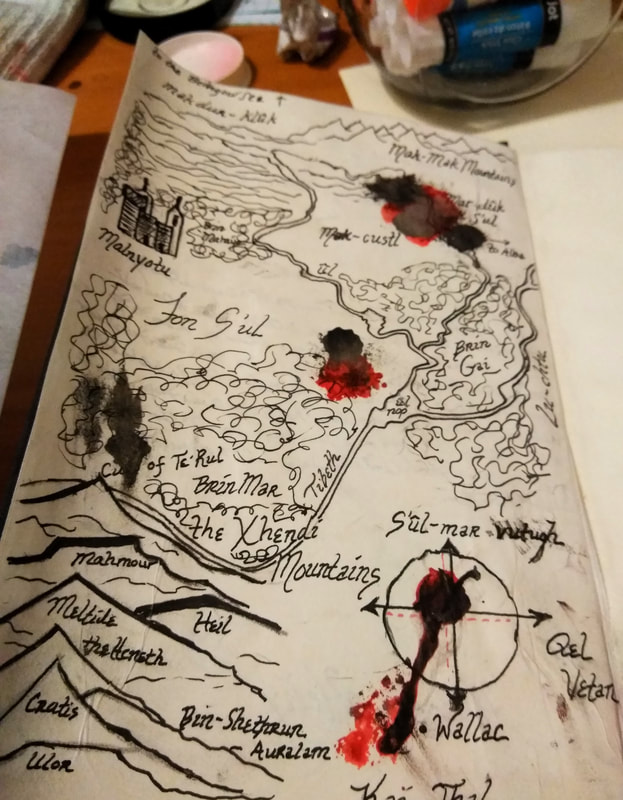
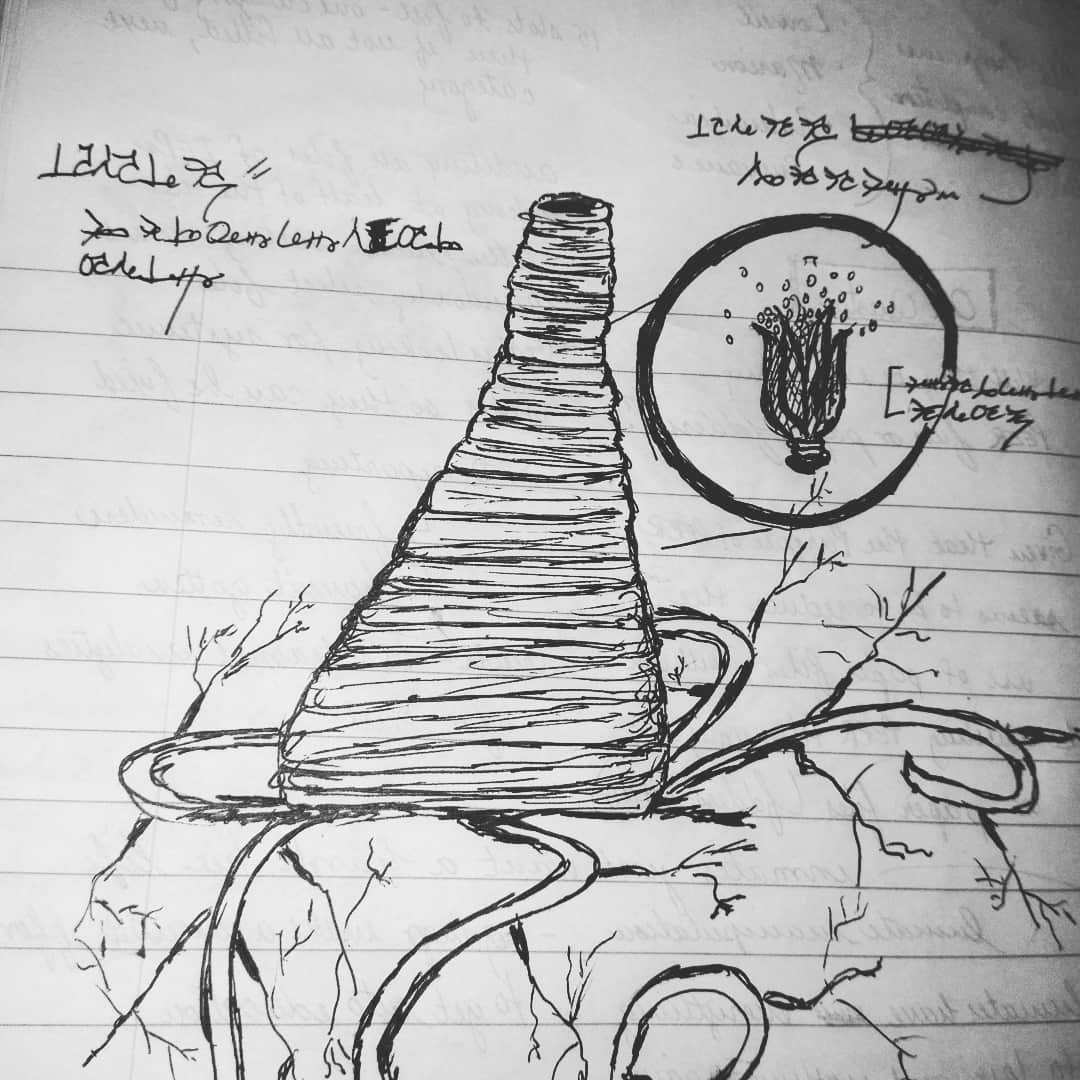
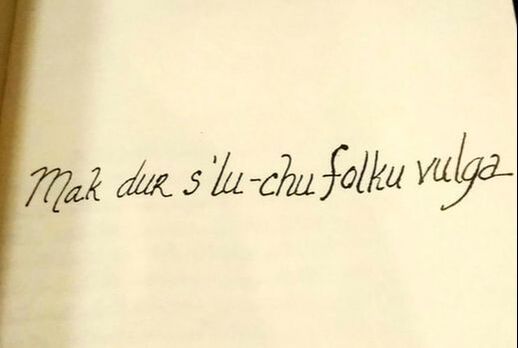
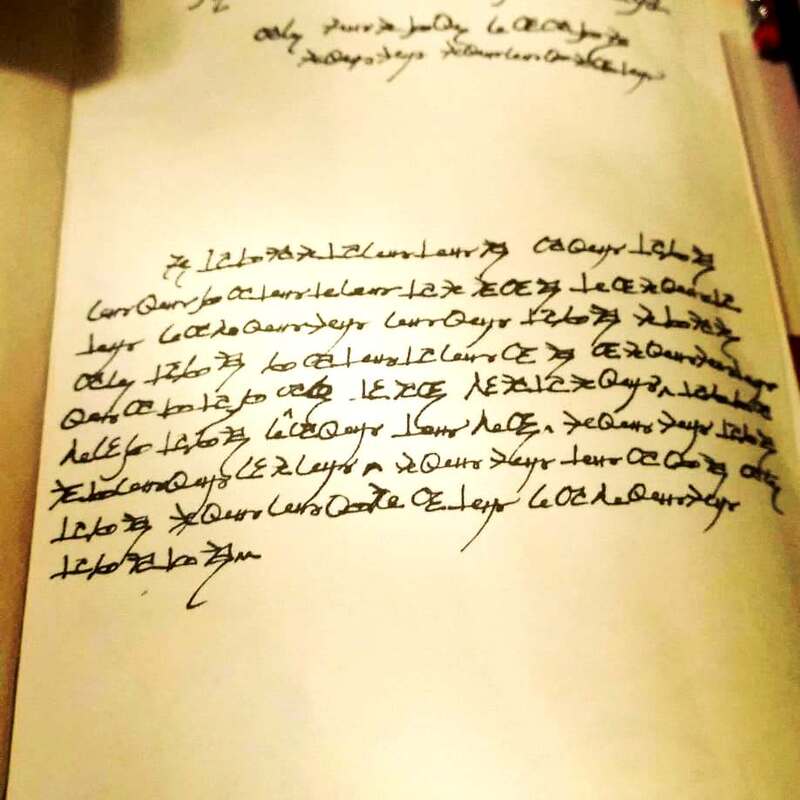
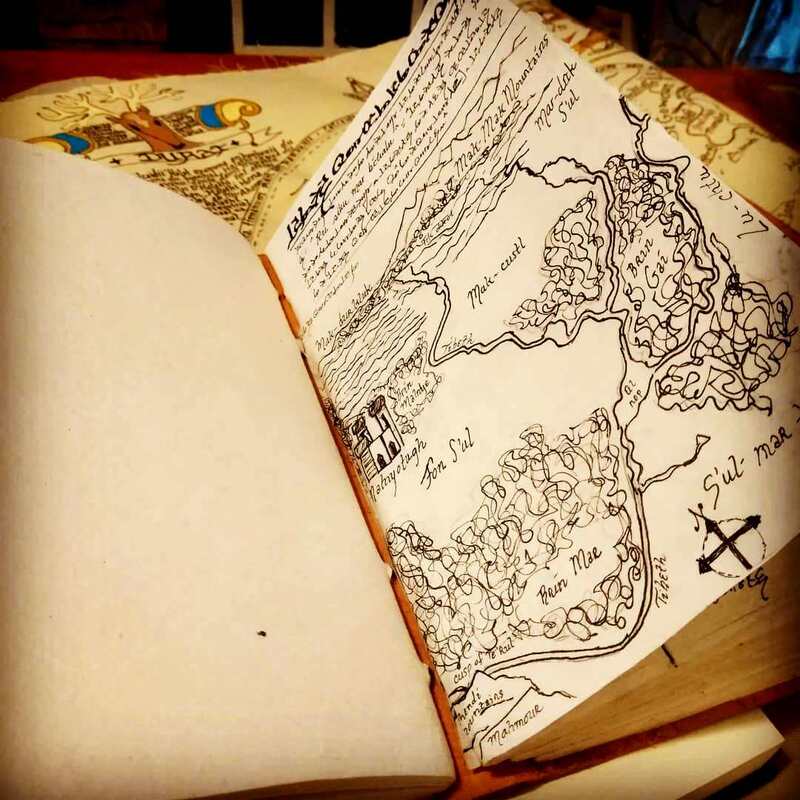
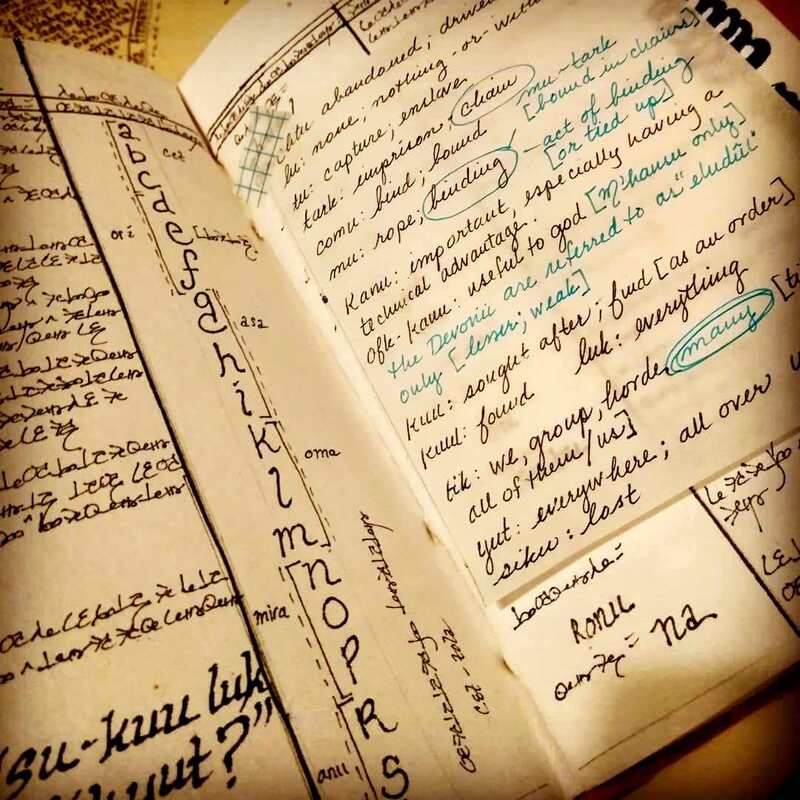
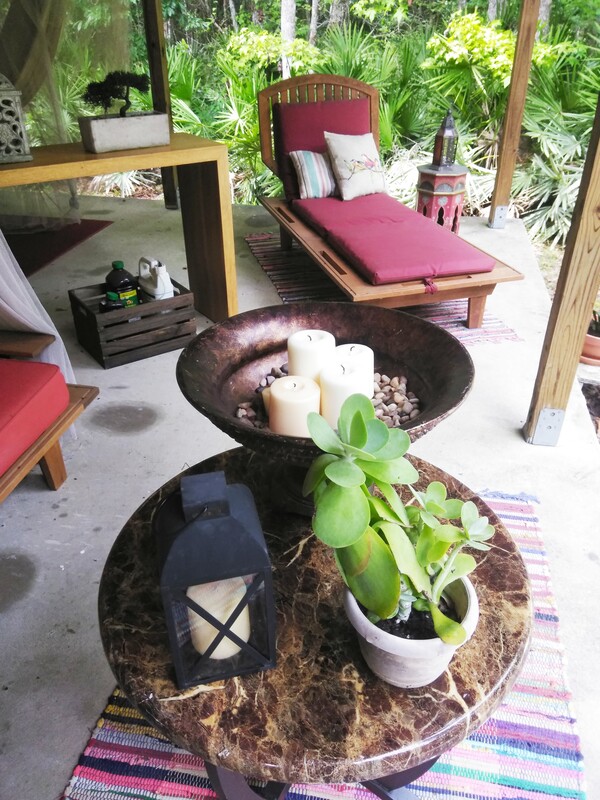
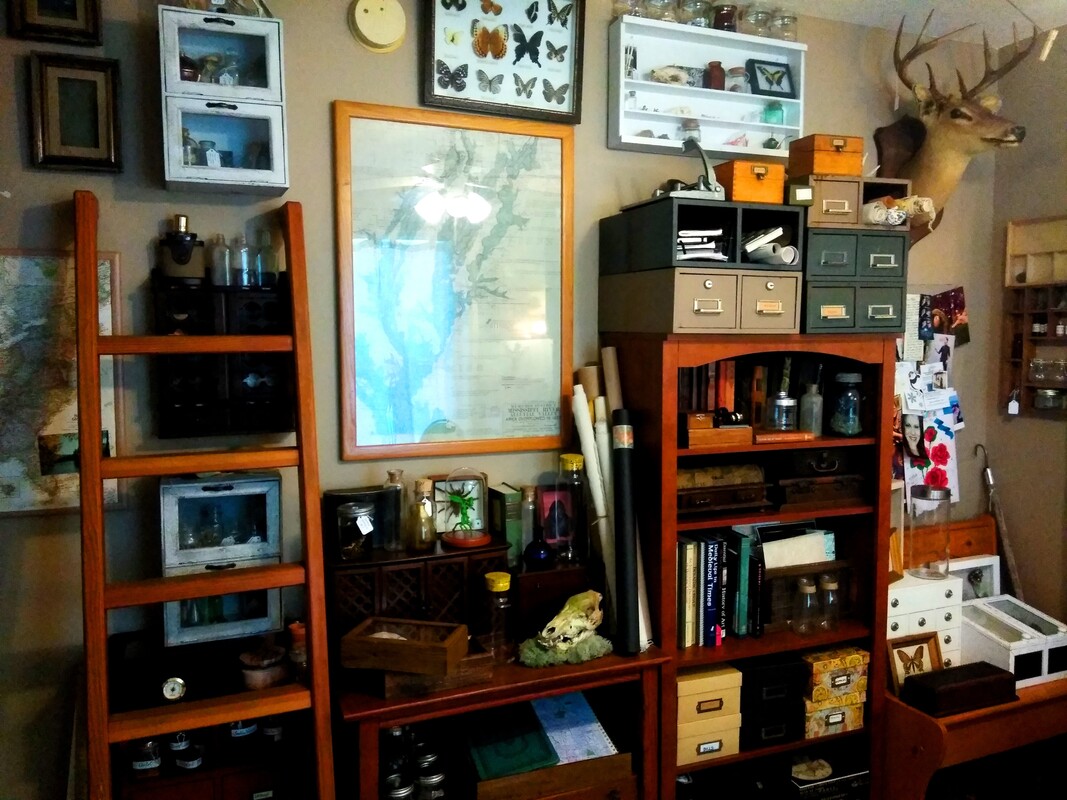
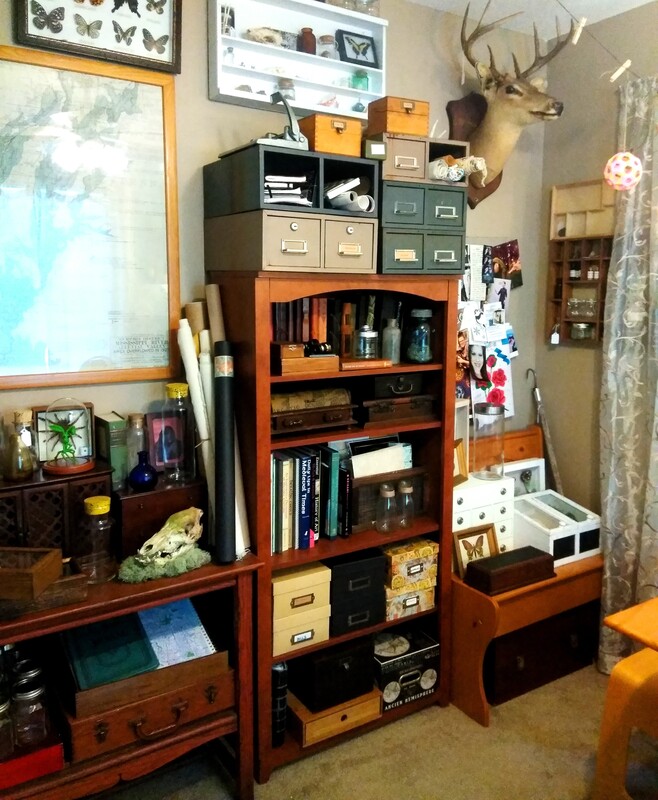
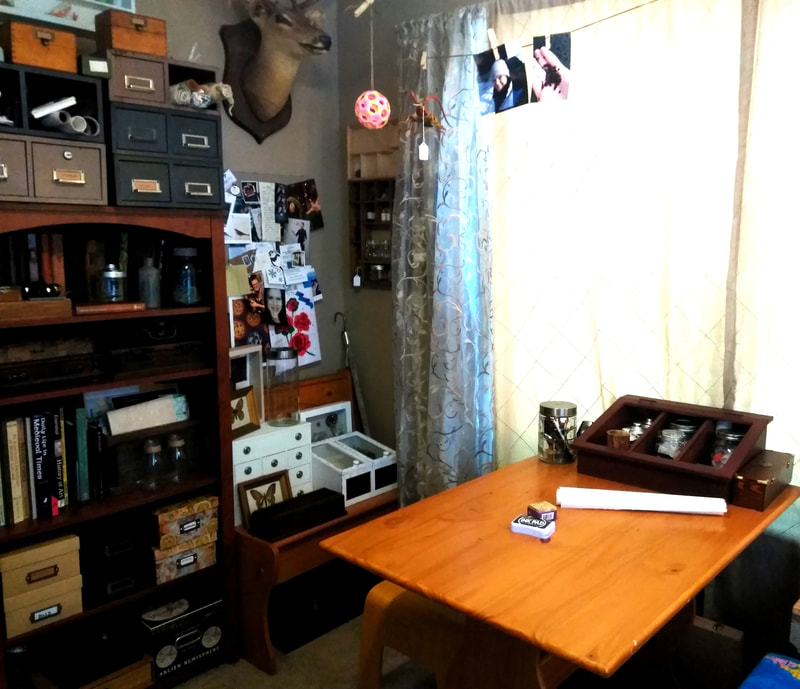
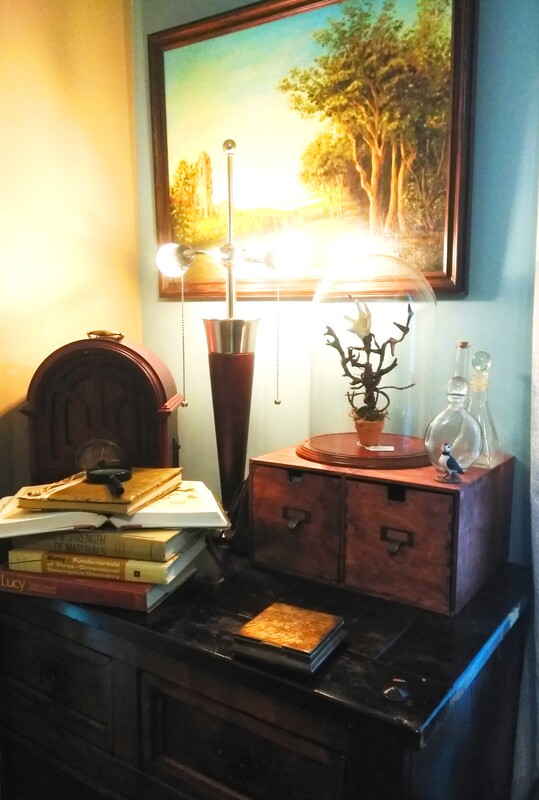
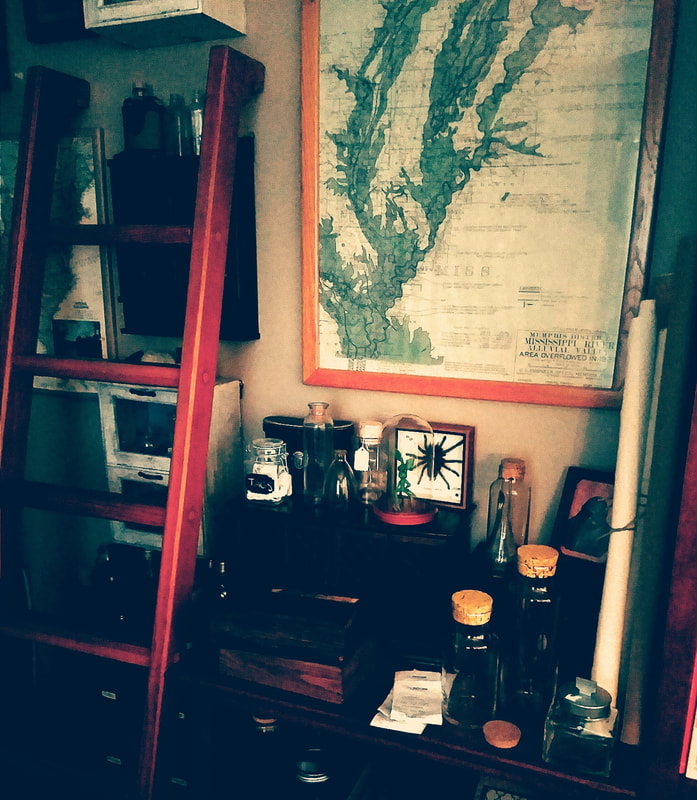
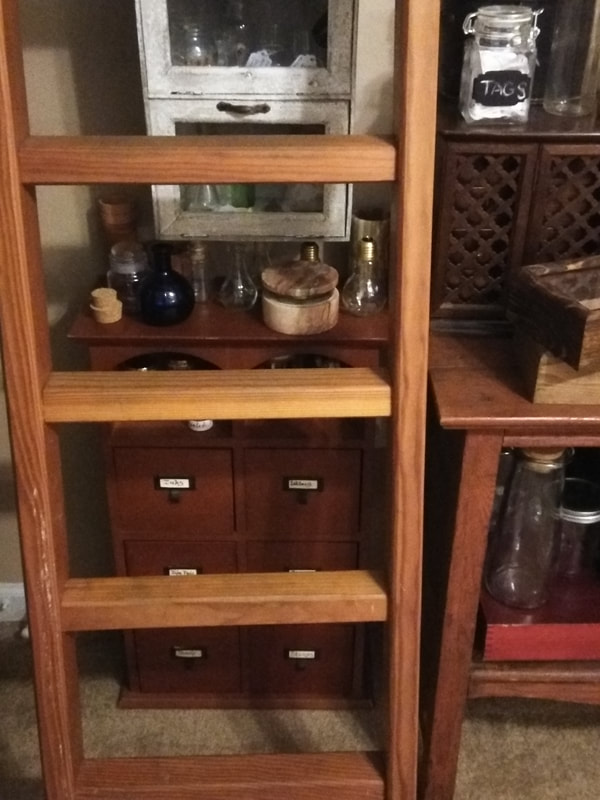

 RSS Feed
RSS Feed